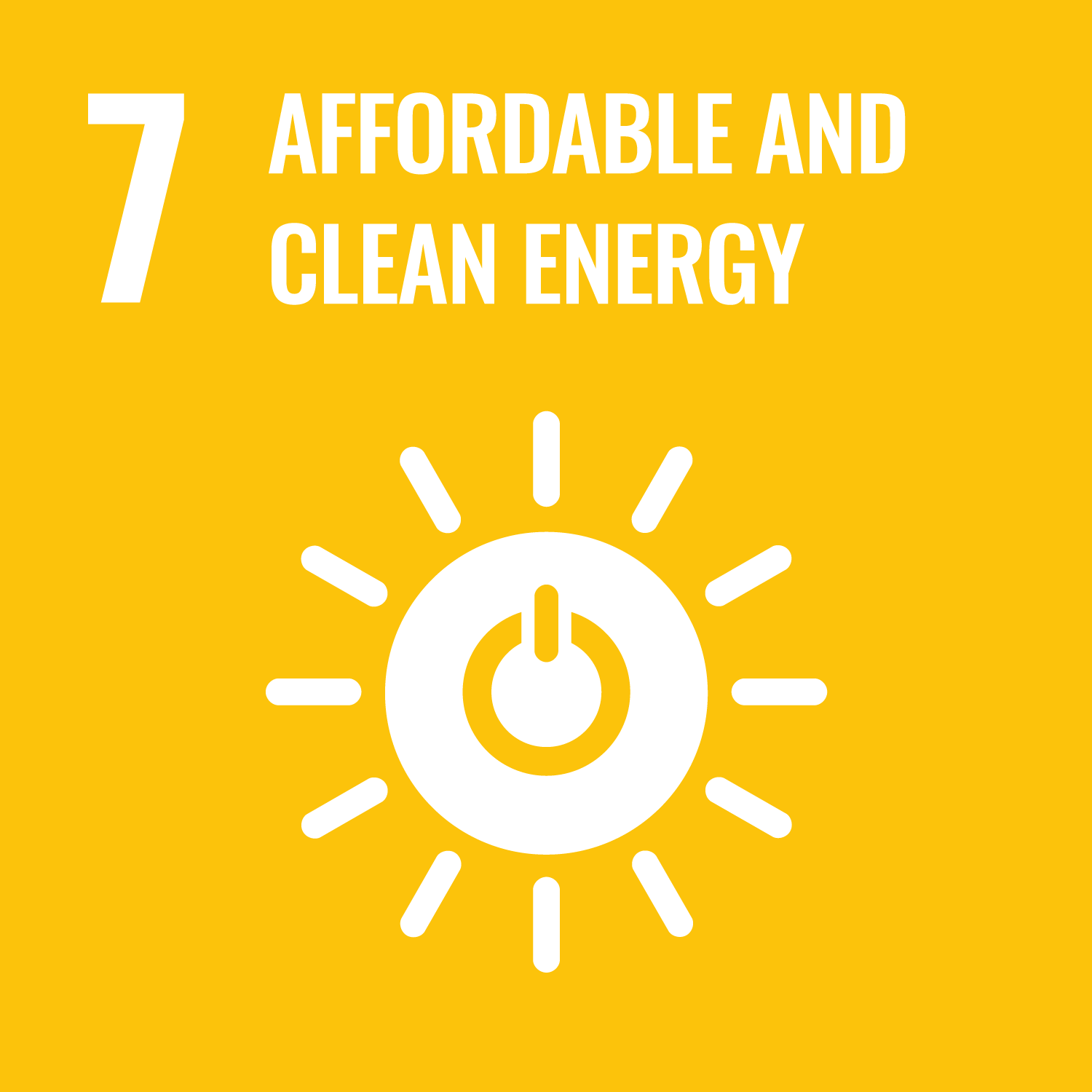Salek, F., Babaie, M. orcid.org/0000-0002-8480-940X, Ghodsi, A. et al. (2 more authors) (2021) Energy and exergy analysis of a novel turbo-compounding system for supercharging and mild hybridization of a gasoline engine. Journal of Thermal Analysis and Calorimetry, 145 (3). pp. 817-828. ISSN 1388-6150
Abstract
Number of hybrid vehicles has increased around the world significantly. Automotive industry is utilizing the hybridization of the powertrain system to achieve better fuel economic and emissions reduction. One of the options recently considered in research for hybridization and downsizing of vehicles is to employ waste heat recovery systems. In this paper, the addition of a turbo-compound system with an air Brayton cycle (ABC) to a naturally aspirated engine was studied in AVL BOOST software. In addition, a supercharger was modeled to charge extra air into the engine and ABC. The engine was first validated against the experimental data prior to turbo-compounding. The energy and exergy analysis was performed to understand the effects of the proposed design at engine rated speed. Results showed that between 16 and 18% increase in engine mechanical power can be achieved by adding turbo-compressor. Furthermore, the recommended ABC system can recover up to 1.1 kW extra electrical power from the engine exhaust energy. The energy and exergy efficiencies were both improved slightly by turbo-compounding and BSFC reduced by nearly 1% with the proposed system. Furthermore, installing the proposed system resulted in increase in backpressure up to approximately 23.8 kPa.
Metadata
| Item Type: | Article |
|---|---|
| Authors/Creators: |
|
| Copyright, Publisher and Additional Information: | © The Author(s) 2020. This article is licensed under a Creative Commons Attribution 4.0 International License, which permits use, sharing, adaptation, distribution and reproduction in any medium or format, as long as you give appropriate credit to the original author(s) and the source, provide a link to the Creative Commons licence, and indicate if changes were made. The images or other third party material in this article are included in the article’s Creative Commons licence, unless indicated otherwise in a credit line to the material. If material is not included in the article’s Creative Commons licence and your intended use is not permitted by statutory regulation or exceeds the permitted use, you will need to obtain permission directly from the copyright holder. To view a copy of this licence, visit http://creativecommons.org/licenses/by/4.0/. |
| Keywords: | Air Brayton cycle, Waste heat recovery, Hybridization, Supercharger, Turbo-compounding, Exergy, Downsizing |
| Dates: |
|
| Institution: | The University of Leeds |
| Academic Units: | The University of Leeds > Faculty of Engineering & Physical Sciences (Leeds) > School of Mechanical Engineering (Leeds) > Institute of Engineering Thermofluids, Surfaces & Interfaces (iETSI) (Leeds) |
| Depositing User: | Symplectic Publications |
| Date Deposited: | 03 Oct 2024 10:14 |
| Last Modified: | 03 Oct 2024 10:14 |
| Published Version: | https://link.springer.com/article/10.1007/s10973-0... |
| Status: | Published |
| Publisher: | Springer Nature |
| Identification Number: | 10.1007/s10973-020-10178-z |
| Related URLs: | |
| Sustainable Development Goals: | |
| Open Archives Initiative ID (OAI ID): | oai:eprints.whiterose.ac.uk:217865 |
Download
Filename: Energy and exergy analysis of a novel turbo‑compounding system.pdf
Licence: CC-BY 4.0


 CORE (COnnecting REpositories)
CORE (COnnecting REpositories) CORE (COnnecting REpositories)
CORE (COnnecting REpositories)